20 Must-Know Tips To Ensure Your Lamb Turns Out Perfectly
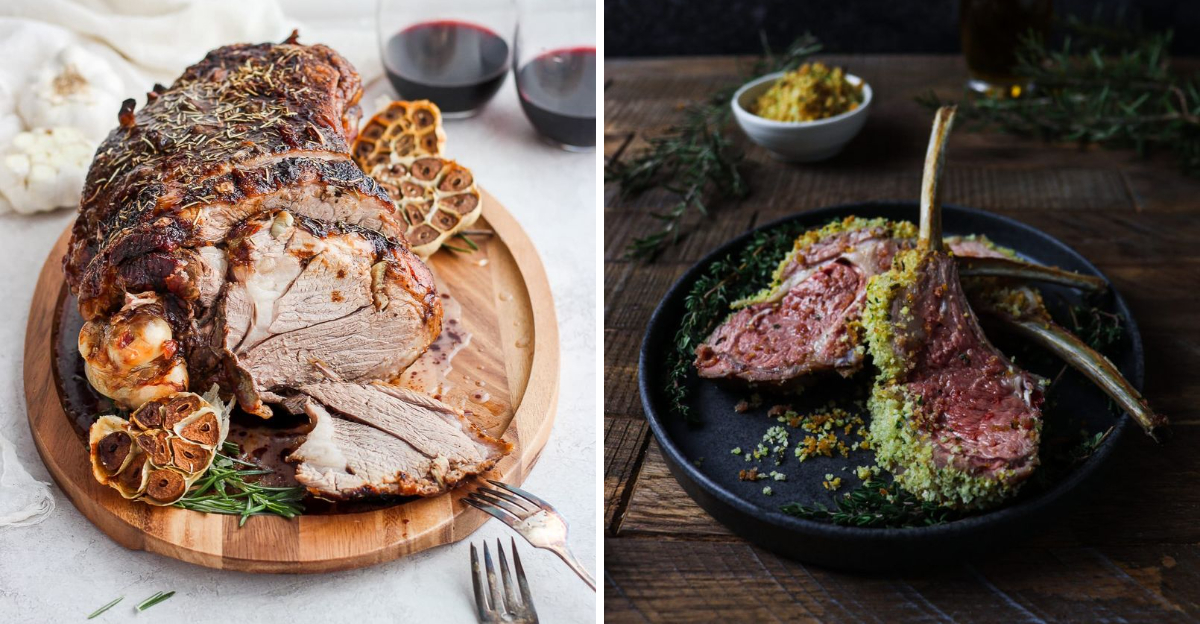
Cooking lamb to perfection requires understanding the nuances of the meat, the importance of proper seasoning, and the techniques that enhance its natural flavors. From selecting the right cut to choosing the best marinade, each tip has a specific role in transforming lamb into a memorable culinary experience. Whether it’s a festive occasion or a casual dinner, these 20 must-know tips will guide you in making sure your lamb turns out flawlessly every time.
1. Know Your Cuts
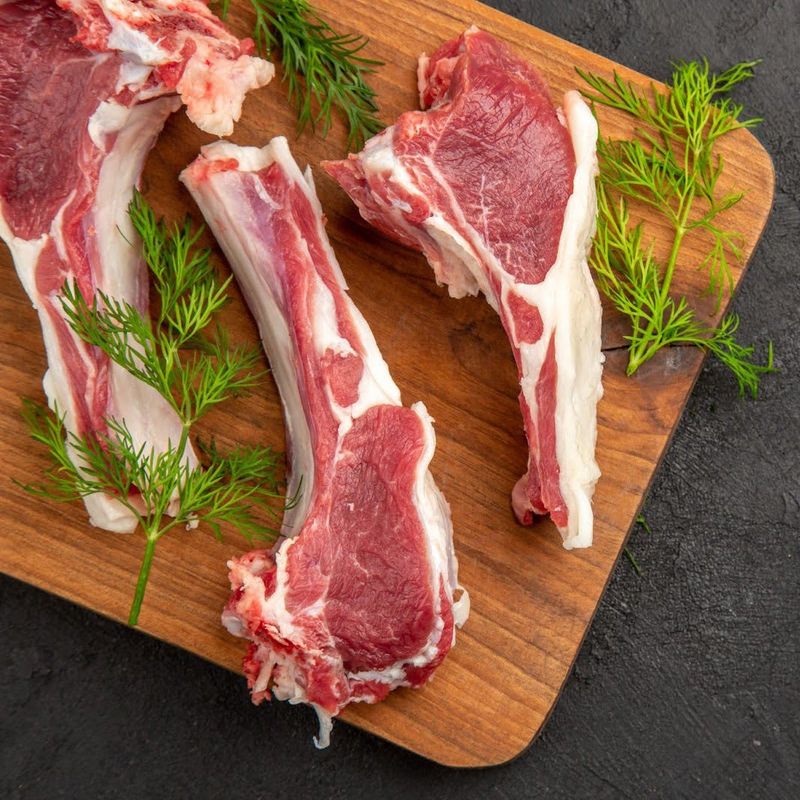
Choosing the right cut of lamb is essential for a successful dish. Each cut, from the tenderloin to the shoulder, requires specific cooking methods. A lamb leg, known for its rich flavor, should be slow-roasted to perfection. The shoulder, on the other hand, benefits from a long, slow braise to break down the connective tissues, resulting in a tender, succulent dish.
Meanwhile, lamb chops are best when seared quickly to retain their juices. Understanding these differences ensures that each cut is prepared in a way that highlights its best qualities. Selecting the right cut for your recipe is the first step to culinary success.
2. Buy High-Quality Lamb
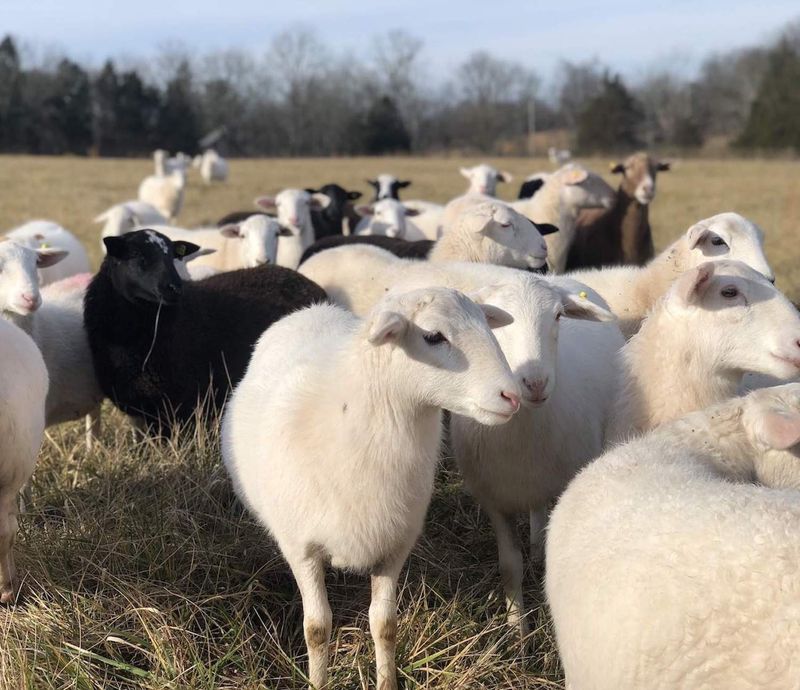
For lamb that’s truly a cut above, quality matters. Opt for grass-fed or pasture-raised lamb, as these options are generally more tender and flavorful with a less pronounced gamey taste. The diet of the lamb greatly influences its taste and texture, making the extra cost worth it for discerning palates.
This choice not only supports sustainable farming practices but also ensures a superior product for your table. When purchasing, look for bright red meat with a fine grain and firm, white fat. High-quality lamb can elevate a simple dish to something extraordinary, delighting both casual diners and picky gourmets.
3. Bring It to Room Temperature First
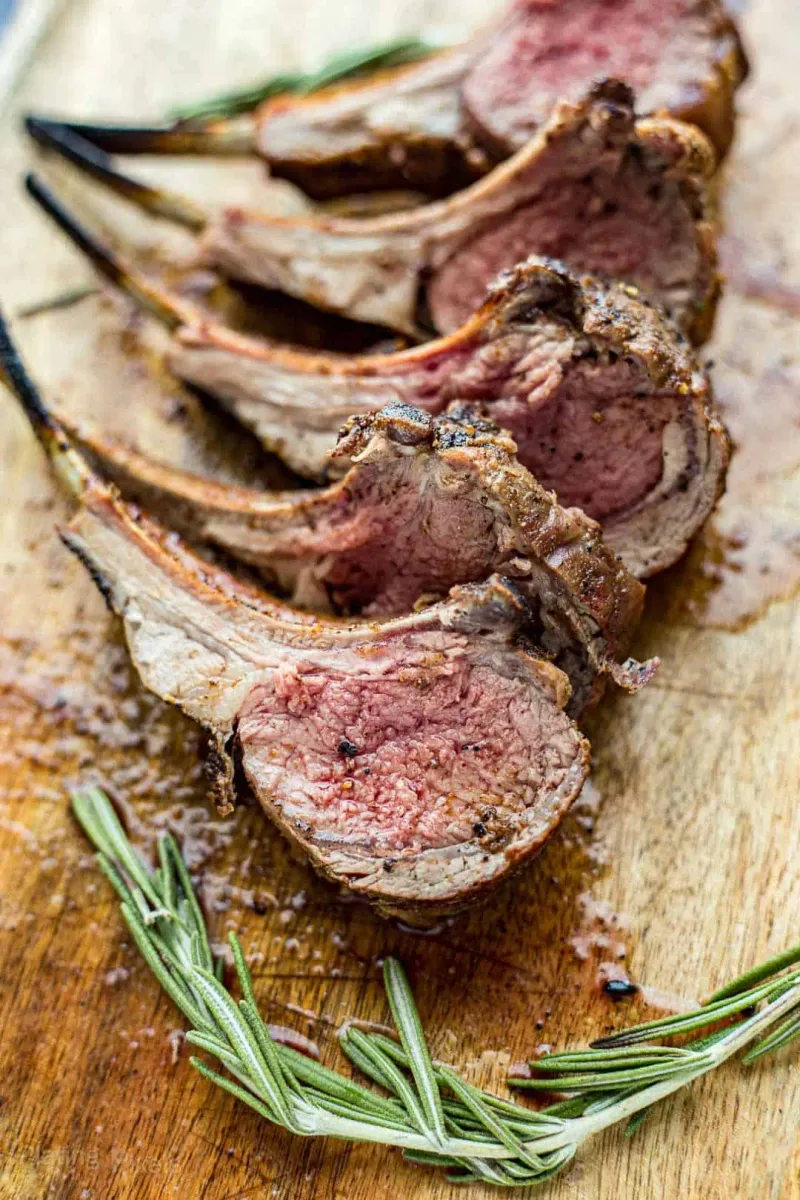
Imagine this: you’ve perfectly seasoned your lamb, but it cooks unevenly because it went straight from the fridge to the stove. Avoid this pitfall by allowing the meat to come to room temperature before cooking, about 30 to 60 minutes. This simple step ensures even cooking throughout the lamb, preventing a dreaded cold center.
By resting the lamb outside the fridge, you allow the internal temperature to rise gradually, which helps in achieving a consistent doneness. This technique is particularly important for thicker cuts, where the disparity between surface and internal temperature can lead to uneven results.
4. Trim Excess Fat
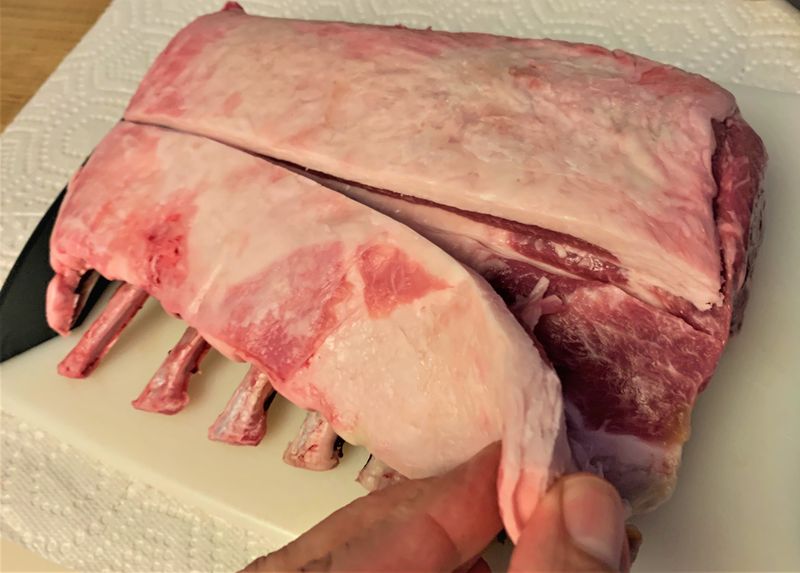
Excess fat can overpower the delicate flavors of lamb with its greasiness. Trimming ensures a balanced taste, allowing the natural succulence to shine through without being too rich or gamey. Use a sharp knife to carefully remove any excess while leaving enough to impart flavor.
The key is moderation; a little fat enhances the overall taste, while too much can render during cooking, leaving an oily finish. It’s especially important for cuts like the shank or shoulder, where fat content tends to be higher. Proper trimming is a skill that elevates the dining experience from ordinary to extraordinary.
5. Use a Marinade or Rub
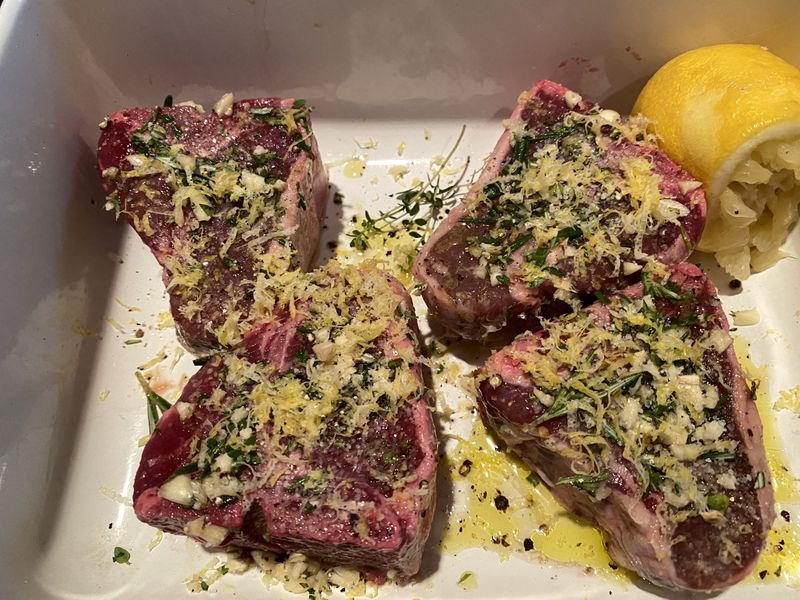
Marinades and rubs are the unsung heroes of lamb preparation, infusing it with aromatic flavors that elevate the dish. Classic combinations like rosemary, thyme, garlic, lemon, and olive oil create a symphony of tastes that complement lamb’s natural richness.
Marinating for 1–2 hours allows these flavors to penetrate deeply, but even a quick rub can work wonders. For an extra boost, let it sit overnight. The acidity in lemon or vinegar also helps tenderize the meat, making each bite juicy and flavorful. This step transforms lamb into a memorable dish, whether grilled, roasted, or seared.
6. Don’t Overdo the Marinade Time
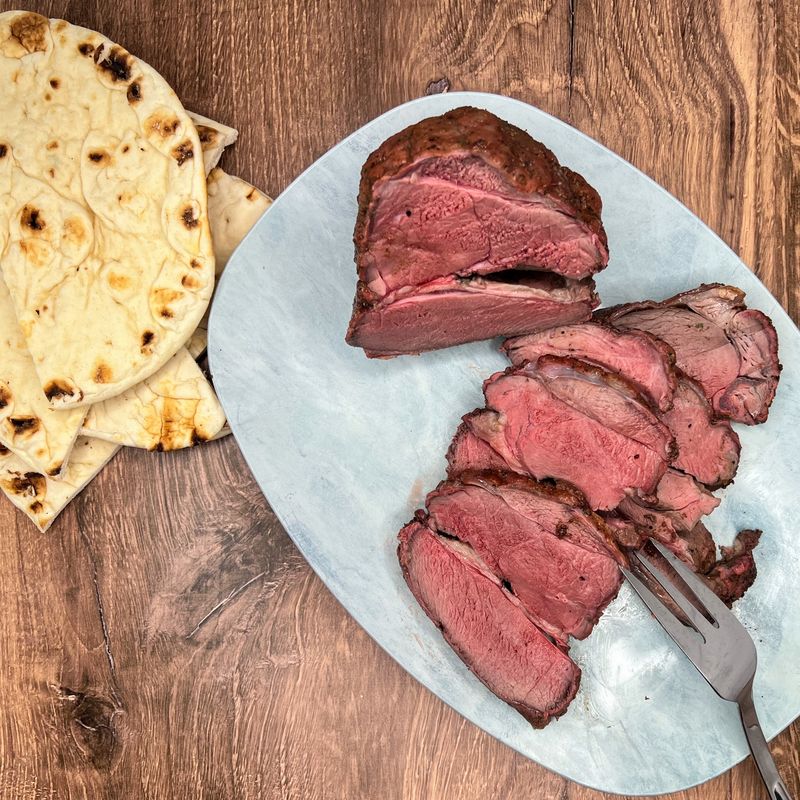
Timing is everything when it comes to marinating lamb. While longer marination can deepen flavors, too much can lead to mushy texture, especially with acidic ingredients. This happens because the acid starts breaking down proteins after a certain point, affecting the meat’s texture.
Aim for a balance—marinate for at least 1 to 2 hours, but avoid going beyond 12 hours unless the marinade is non-acidic. This ensures the lamb retains its integrity and flavor without over-softening. Keeping a watchful eye on the clock helps maintain the perfect balance of flavor and texture in your dish.
7. Season Generously
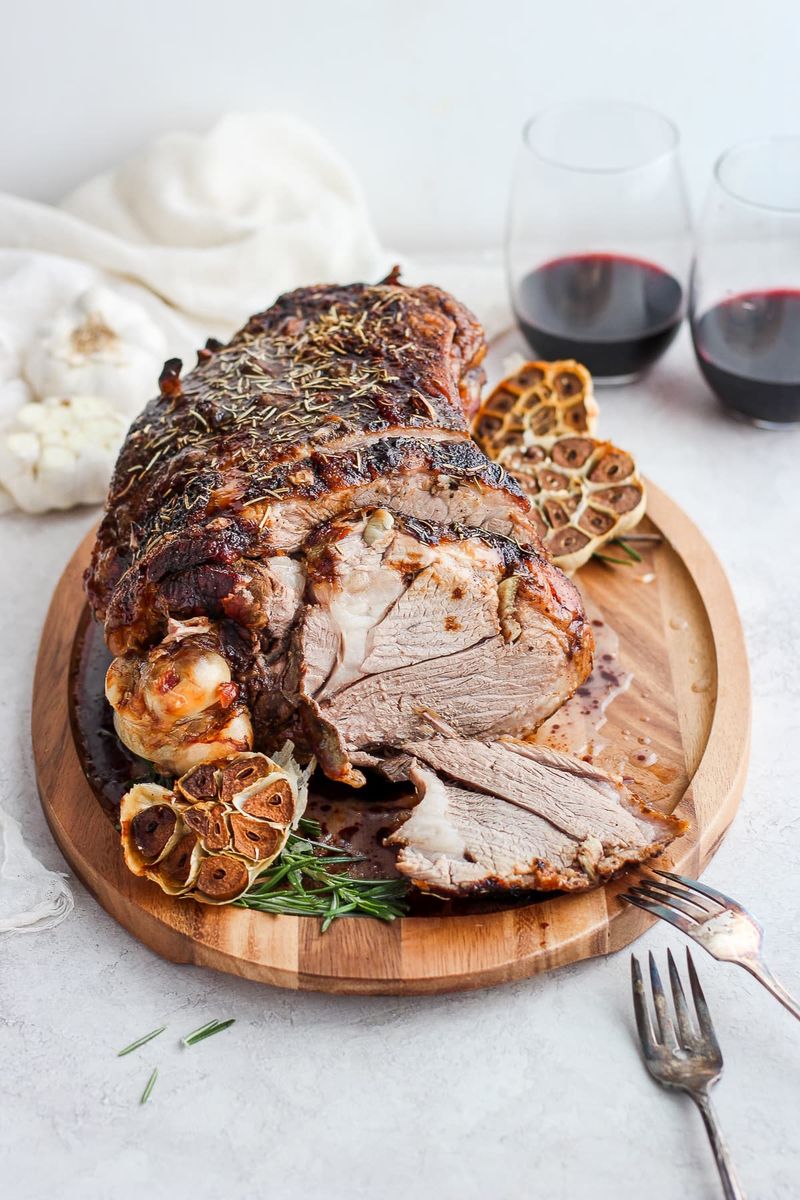
Seasoning is where lamb’s bold flavor comes to life. Generously applying salt and spices ensures that the taste penetrates deeply, enhancing the natural richness of the meat. Don’t hold back—lamb can handle strong seasonings and still shine.
Consider using a mix of coarse salt, black pepper, and spices like cumin or coriander. Seasoning before cooking, especially when searing or roasting, helps create a savory crust that locks in juices. This robust approach makes every bite flavorful, transforming even the most basic preparation into a gastronomic delight.
8. Use a Meat Thermometer
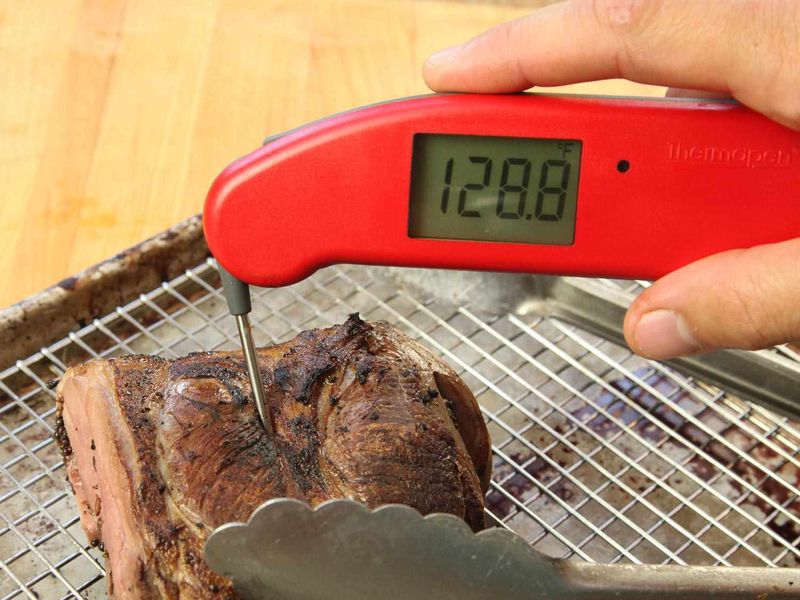
Precision is key when cooking lamb, and a meat thermometer is your best ally. Guesswork often leads to overcooked or undercooked meat, but with a thermometer, you can ensure the perfect doneness every time. For medium-rare lamb, aim for a temperature of 130–135°F.
Medium is 135–145°F, and anything beyond risks dryness. Insert the thermometer into the thickest part of the meat, avoiding bones, for the most accurate reading. This tool takes the guesswork out of cooking, allowing you to serve lamb that’s juicy and tender, impressing even the most discerning guests.
9. Rest Your Lamb
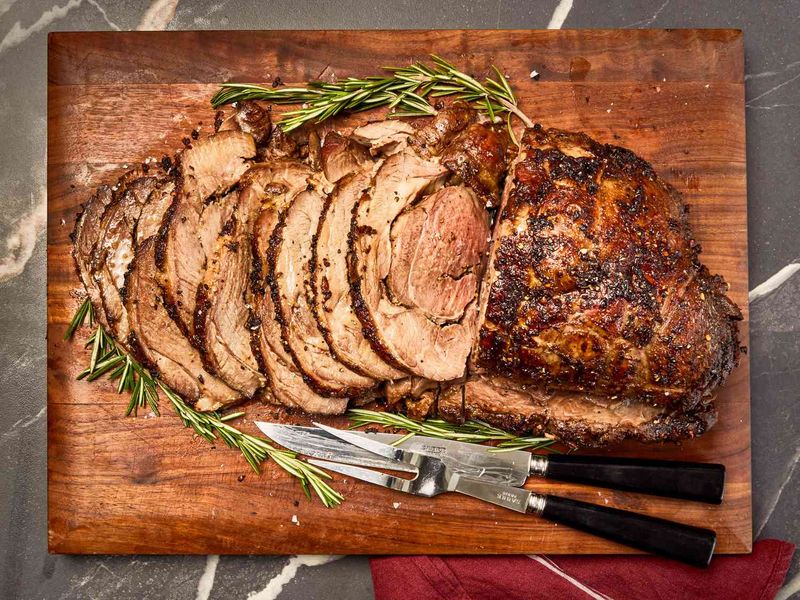
After cooking, give your lamb a well-deserved rest. This crucial step allows the juices to redistribute throughout the meat, ensuring each slice is as juicy as possible. Cover the lamb loosely with foil and let it rest for at least 10 minutes before carving.
During this time, the lamb’s temperature stabilizes, preventing a rush of juices when cut. This simple act of patience can elevate your dish from good to great. It’s a small but mighty step that guarantees every bite is tender and flavorful, making your culinary efforts truly shine.
10. Sear for Flavor
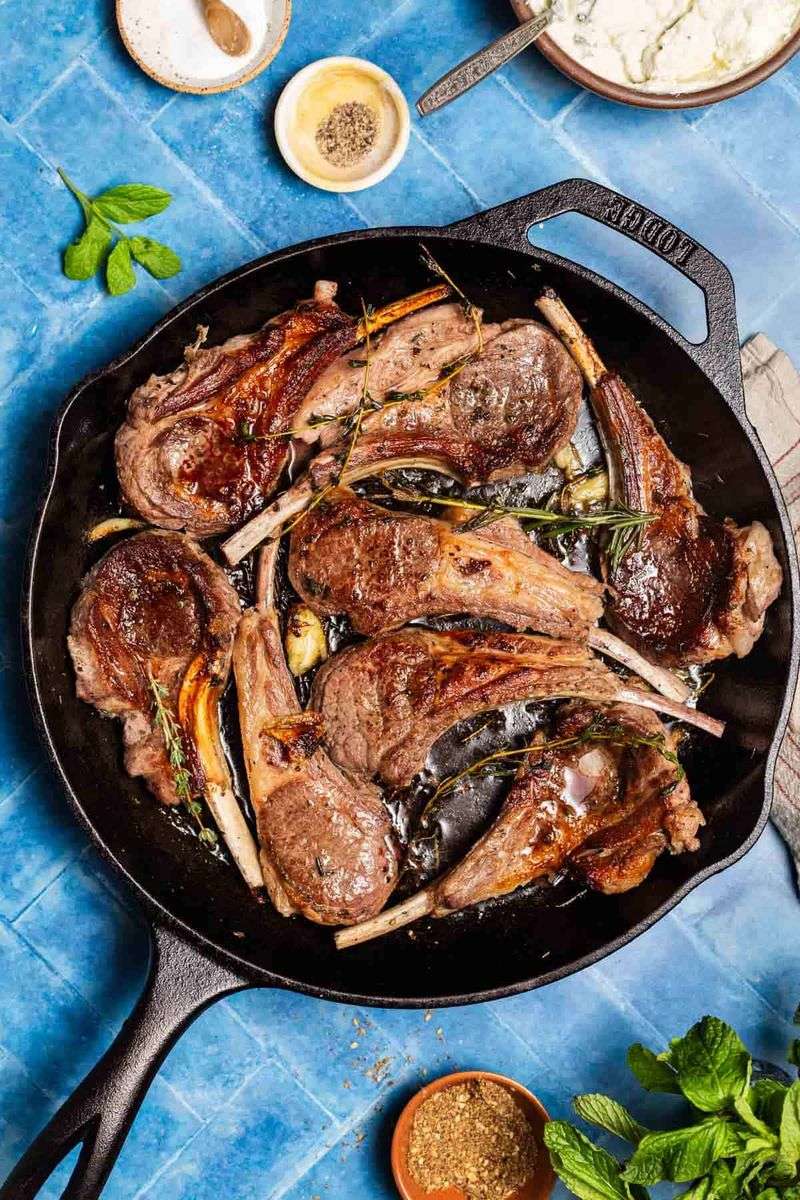
Searing lamb is like painting a masterpiece—it adds depth and complexity to the flavor profile. Whether finishing in the oven or braising, searing first creates a caramelized crust that locks in juices and adds a rich, savory note.
Use high heat and a bit of oil to achieve the best sear. The key is not to overcrowd the pan, allowing each piece to develop a golden-brown exterior. This technique not only enhances the taste but also makes the presentation more appealing. Searing is the secret to transforming lamb into an unforgettable dish.
11. Cook Low and Slow (For Tougher Cuts)
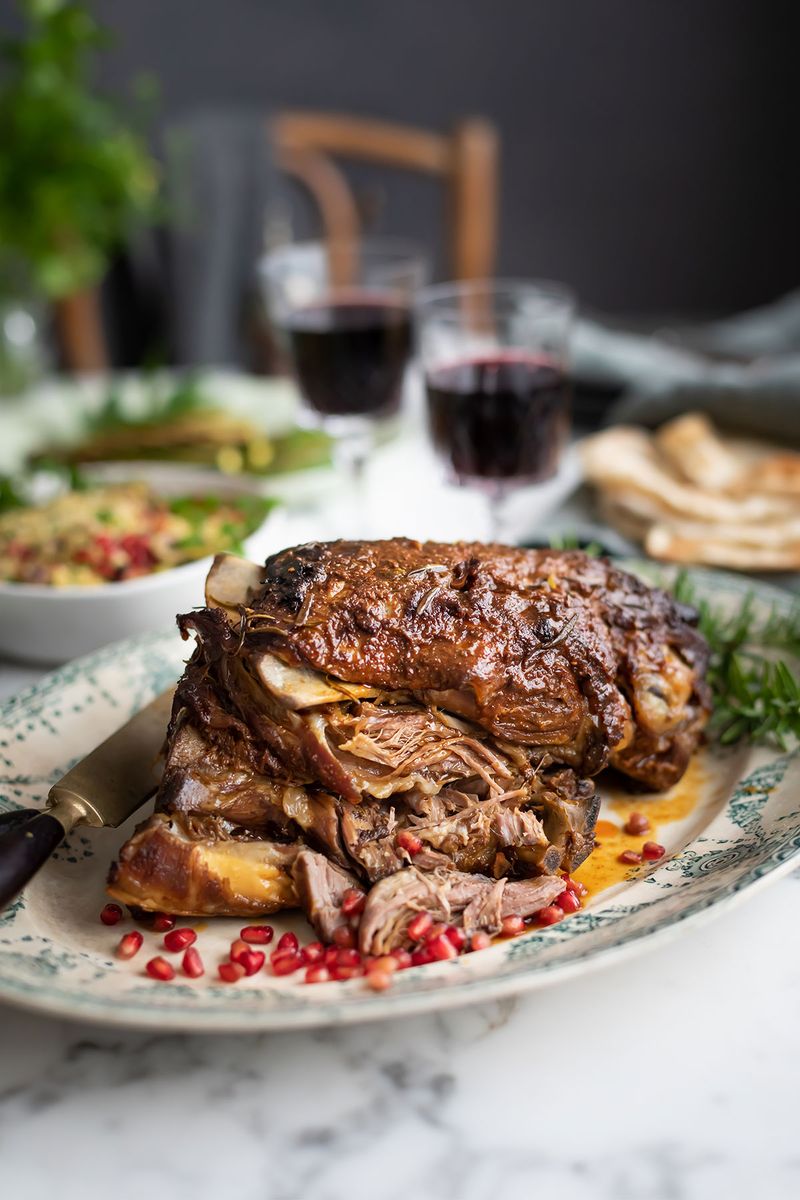
Tougher cuts of lamb, like shoulder or shank, shine when given time. Cooking low and slow allows the connective tissues to break down, resulting in a tender, melt-in-your-mouth experience. Braising or slow roasting in a Dutch oven with aromatic vegetables works wonders.
This method infuses the lamb with deep flavors while ensuring that it’s succulent and juicy. The patience pays off when you pull apart the meat with a fork, revealing its rich, velvety texture. It’s a technique that transforms humble cuts into something extraordinary, perfect for hearty, comforting meals.
12. Don’t Overcook Lamb Chops
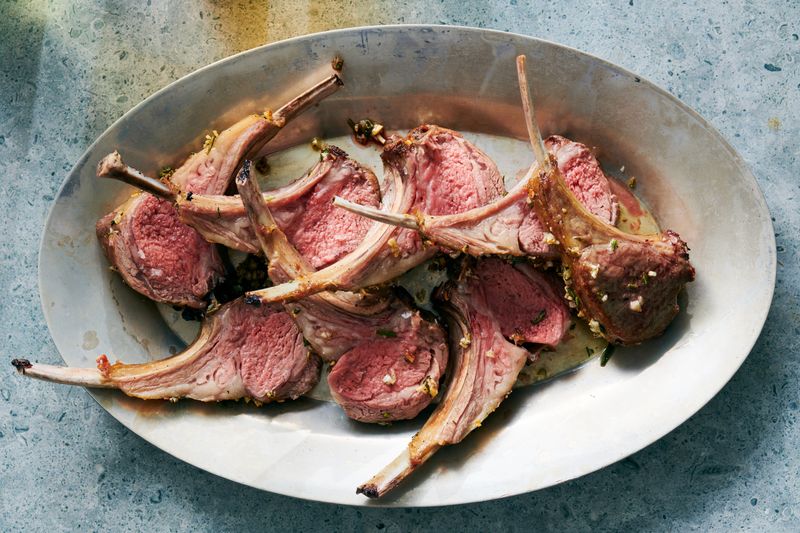
Lamb chops are a delicacy that demands respect. Overcooking can turn these tender cuts into dry disappointments. Aim for a quick sear on high heat—typically 2-3 minutes per side for medium-rare. This short cooking time preserves their natural juices and tenderness.
Using a thermometer ensures precision, but touching for firmness also works. The goal is a nice crust on the outside while keeping the inside juicy and pink. Mastering this balance ensures your lamb chops are a culinary triumph, delighting guests with their succulent texture and rich flavor every time.
13. Add Fresh Herbs at the End
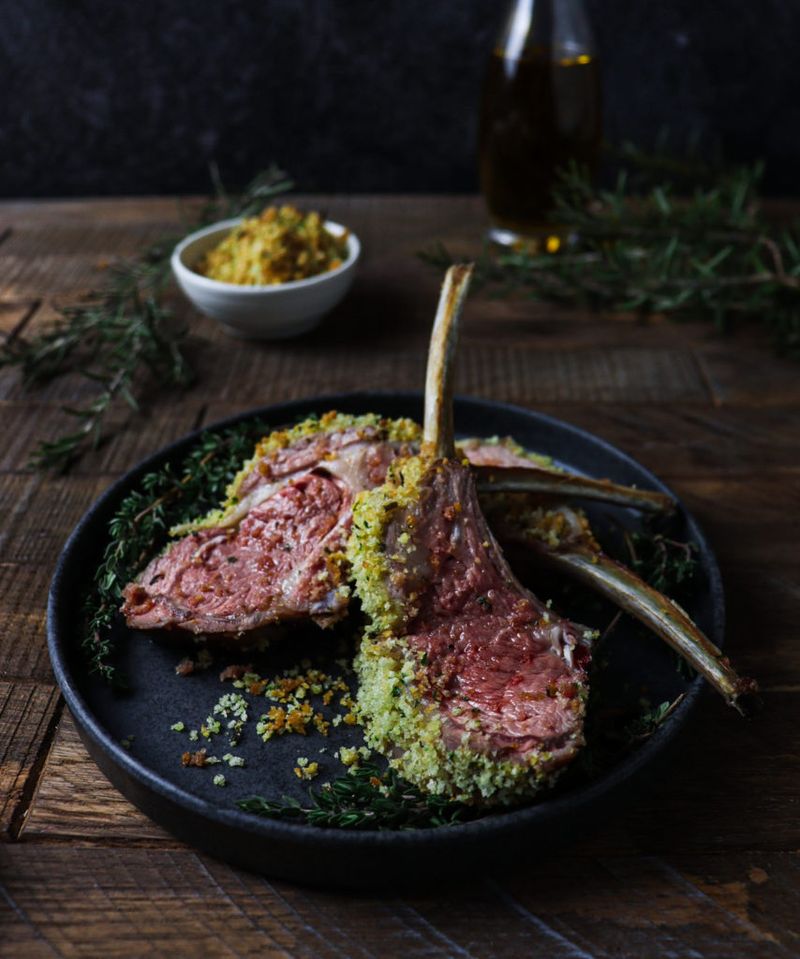
Fresh herbs are the finishing touch that elevates lamb dishes to new heights. While cooking can mute their flavors, adding them at the end preserves their vibrant taste and aroma. Mint, parsley, or dill, added just before serving, provide a fresh burst of flavor that complements lamb’s richness.
These herbs not only enhance the dish’s taste but also add a splash of color, making the presentation more appealing. This simple yet effective technique ensures that the final flavor profile is balanced and aromatic, leaving a lasting impression on every diner.
14. Deglaze the Pan
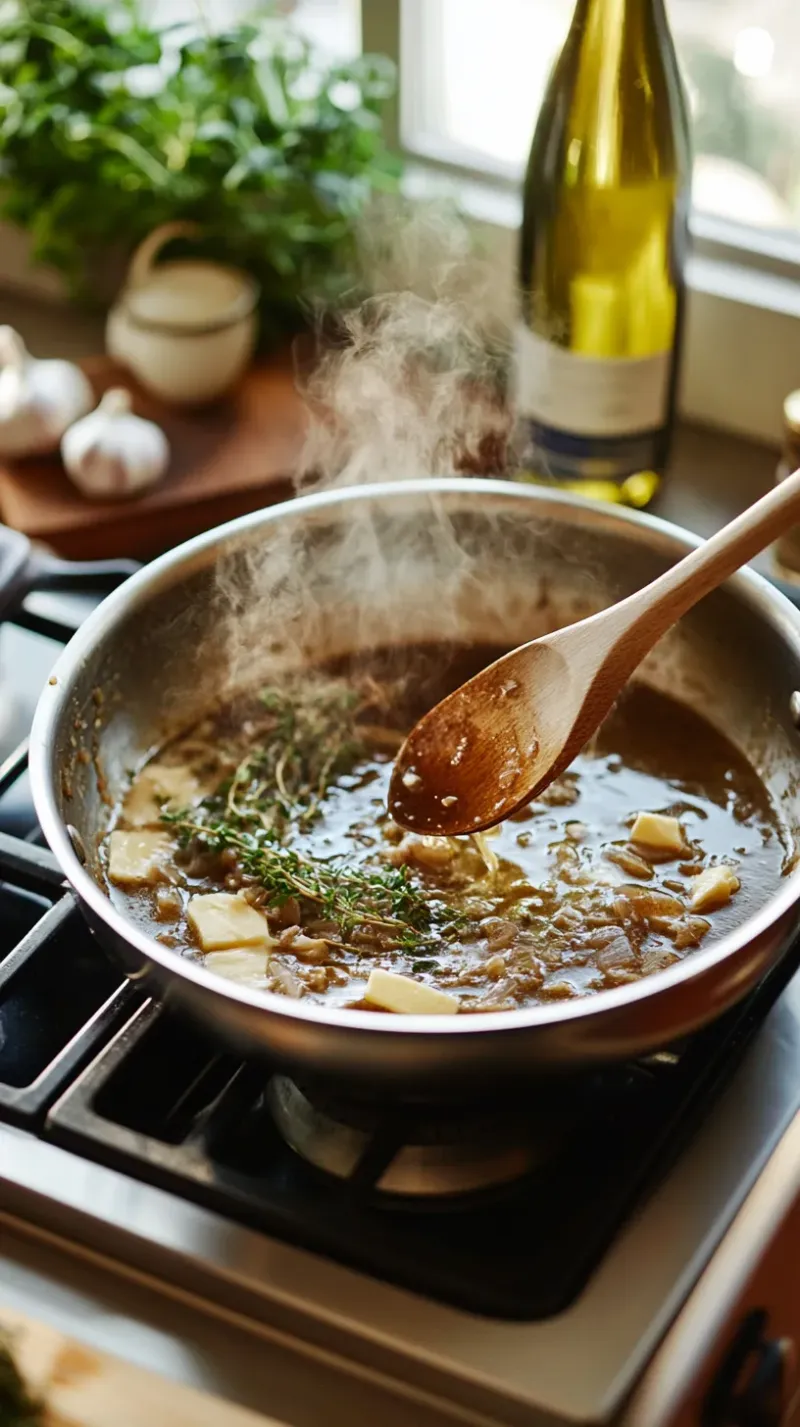
Don’t let those delicious brown bits left in the pan go to waste! Deglazing is the art of pouring liquid—such as wine, stock, or lemon juice—into the hot pan to lift the caramelized bits and create a sauce. This process adds depth and complexity to your lamb dish.
The deglazed sauce inherits the richness from the lamb’s seared crust, turning simple juices into a culinary delight. Allow it to reduce slightly and spoon over the lamb for extra flavor. This technique is an elegant way to make the most of every element, enhancing your dish with minimal effort.
15. Use Yogurt for Tenderizing (Especially in Middle Eastern Dishes)
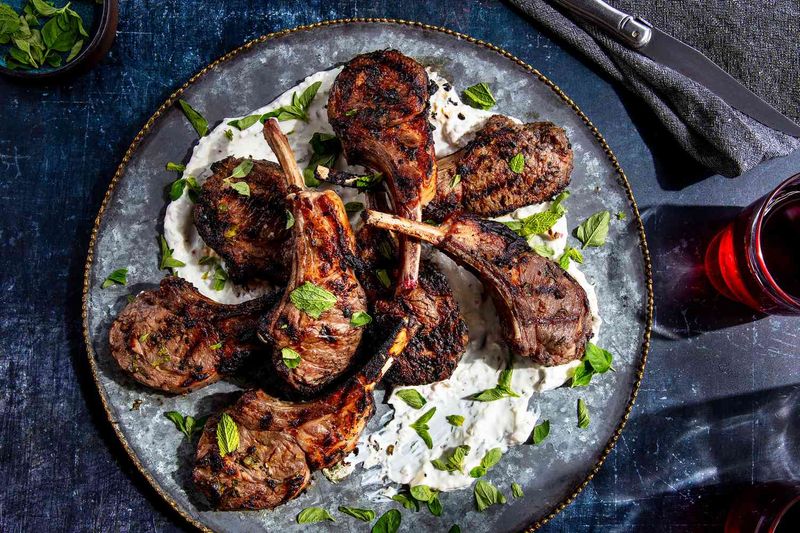
Yogurt is a secret weapon in tenderizing lamb, particularly in Middle Eastern cuisine. Its lactic acid gently breaks down proteins without compromising texture, making the meat incredibly tender. The tangy flavor also complements lamb, adding a delicious twist.
Marinating in yogurt can be as short as a couple of hours or overnight for deeper flavors. This method is perfect for dishes like kebabs, where tenderness and flavor are paramount. Incorporating yogurt into your lamb preparation not only improves texture but also brings a taste of tradition and authenticity to your table.
16. Avoid Strong Gamey Sauces
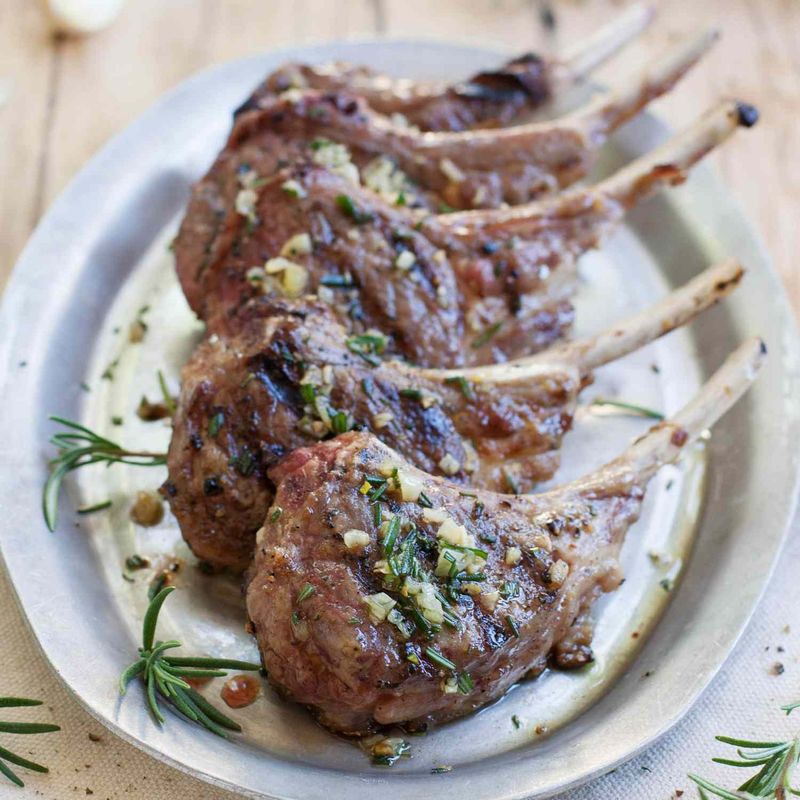
Lamb’s distinct flavor is something to be celebrated, not masked. Strong sauces, especially those that are overly sweet or acidic, can overshadow its natural richness. Instead, opt for lighter accompaniments that enhance rather than overpower.
Simple reductions or mild herb sauces work beautifully, allowing the lamb to be the star of the dish. This approach lets the inherent qualities of the meat shine through, ensuring a balanced and harmonious culinary experience. By avoiding overpowering sauces, you respect the unique flavors that make lamb so special.
17. Pair With Acidic or Herb-Heavy Sides
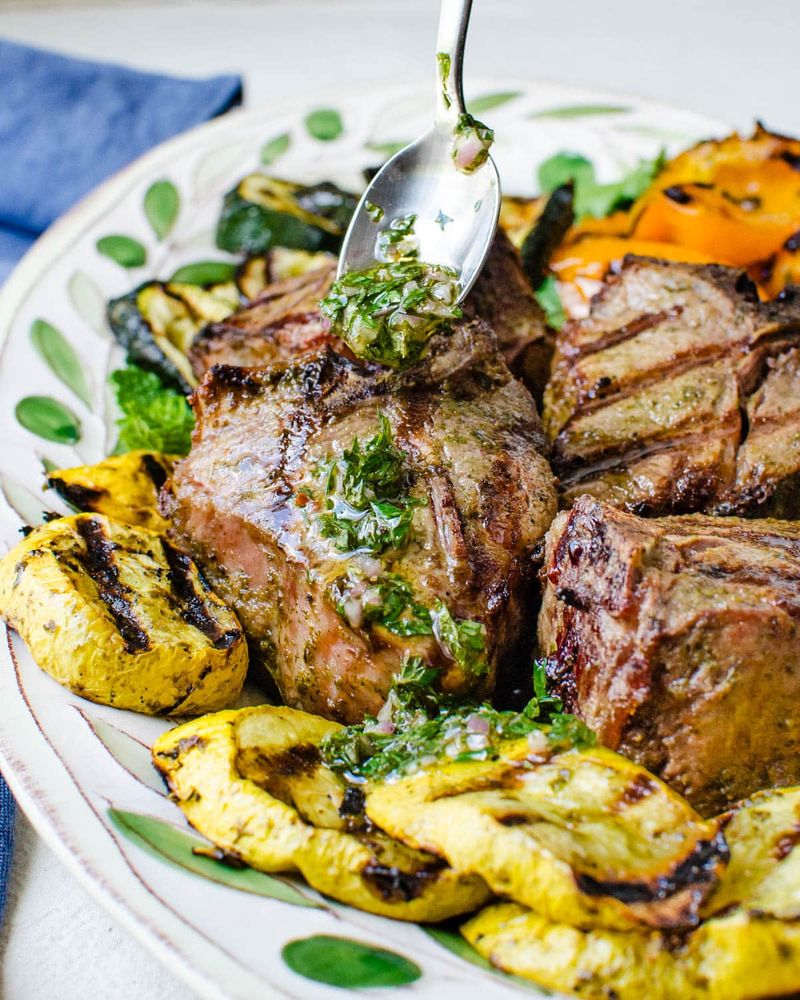
Balancing lamb’s richness with acidic or herby sides creates a harmonious dining experience. Think of chimichurri, tzatziki, or a simple lemony potato salad. These sides cut through the lamb’s fattiness, providing a refreshing contrast.
The acidity not only complements the meat but also enhances its flavor, making each bite more enjoyable. Herb-heavy sides add an aromatic touch, tying the entire meal together. This thoughtful pairing elevates your dish, turning a simple piece of lamb into a well-rounded culinary delight that excites the palate with every mouthful.
18. Slice Against the Grain
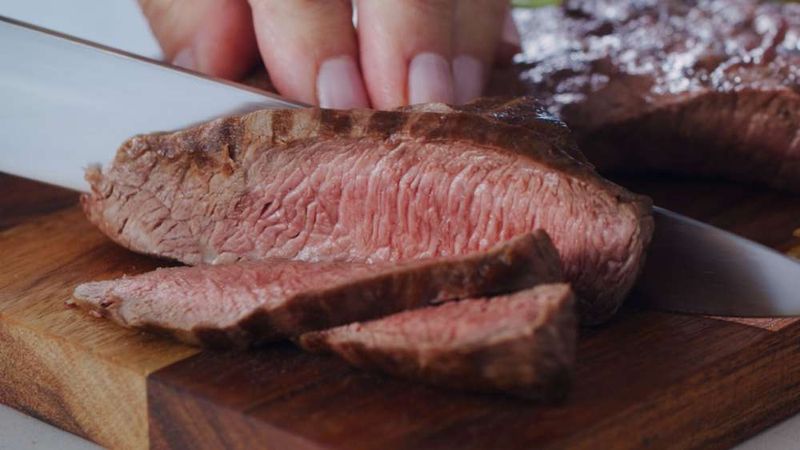
Slicing lamb against the grain is a simple technique that makes a big difference. By cutting across the muscle fibers, you shorten them, resulting in more tender and easier-to-chew meat.
This method applies to all cuts, from roasted leg to grilled chops. It ensures that each slice is tender and juicy, maximizing the enjoyment of every bite. Understanding and applying this technique can transform your lamb dishes from ordinary to extraordinary, showcasing your culinary skills and enhancing the dining experience for everyone at the table.
19. Let the Bone Guide Cooking Time
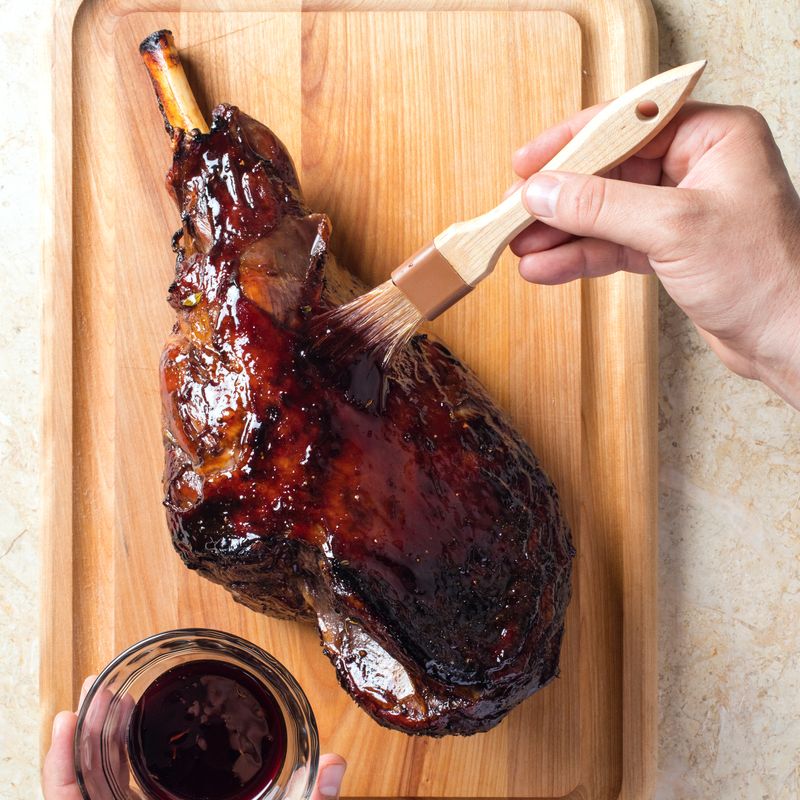
Bone-in lamb offers the advantage of added flavor and moisture, but it requires careful attention to cooking time. The bone acts as an insulator, meaning it retains heat and cooks more slowly. Be patient, allowing adequate time for the meat to reach the desired doneness.
Using a thermometer is crucial to avoid guesswork, ensuring that the meat is cooked to perfection without drying out. This method enhances the lamb’s natural juiciness, making it a succulent centerpiece for any meal. Embrace the bone’s benefits while respecting the time it takes to achieve the best results.
20. Experiment With Global Flavors
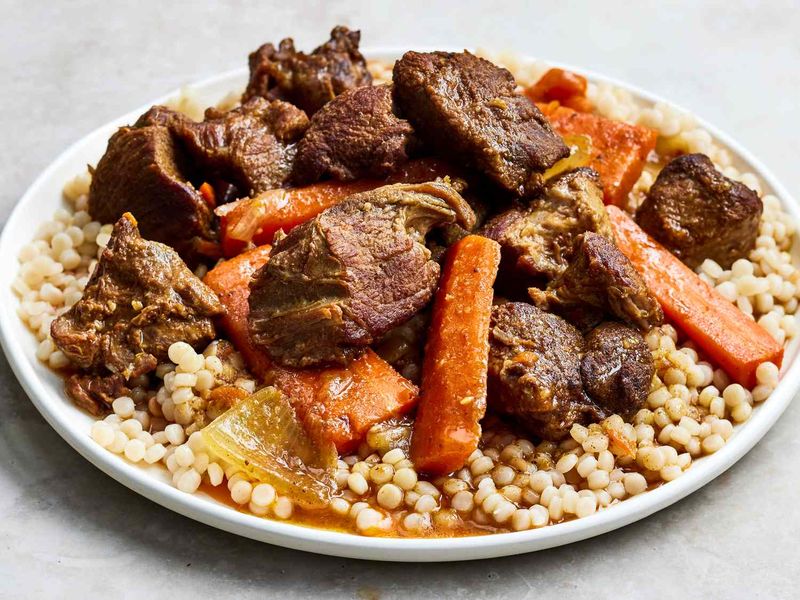
Lamb is a versatile protein that shines in a variety of global cuisines. From Indian curries to Greek gyros, each culture brings its unique twist to this beloved meat. Experimenting with these flavors can transform your lamb dishes and broaden your culinary horizons.
Consider Moroccan tagines with their aromatic spices or French stews that offer comfort and warmth. Each dish tells a story, and by incorporating these global inspirations, your lamb becomes a canvas for creativity. This exploration not only enhances the flavor but also invites diners to embark on an exciting culinary adventure.
